Right now, the United States is experiencing a moment of reckoning about the impact of systemic racism on individual lives and institutions affecting all areas of our society. No economic sector or individual entity is escaping a period of scrutiny and examination.
Many are conducting this interrogation following the admonition of the late civil rights giant and Congressman, John Lewis, “If you see something that is not right, not fair, not just, you have a moral obligation to do something about it.”
Acting on those words, Archy LaSalle, a longtime photo educator and fine art photographer in Boston, has put together a grassroots organization to address the lack of representation of Black and Brown artists in the permanent collections of our art museums.
Posing the question, “Where Are All the Black People At,” and then responding with “In Plain Sight,” Mr. LaSalle and his colleagues began a campaign to address this injustice, by focusing not on temporary exhibitions or museum staff per se, but rather on the root of systemic racism as reflected in the permanent collection of these institutions.
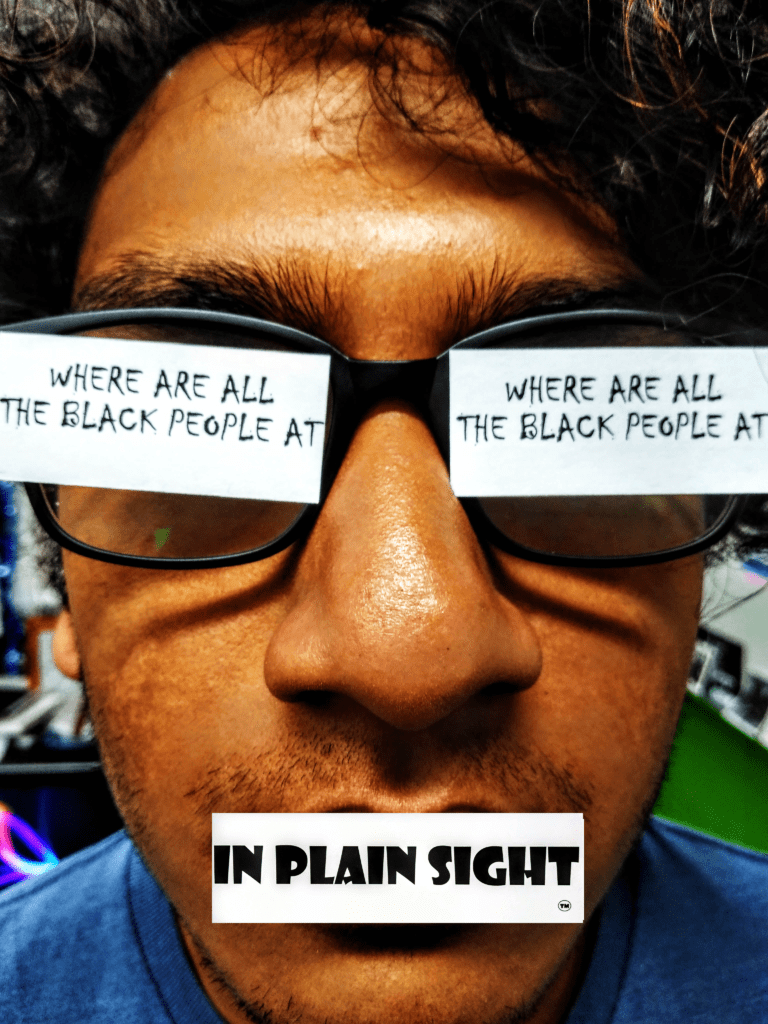
While this effort has particular salience at this moment, the impetus for this campaign flows from a lifetime of his experience as an artist and art teacher, along with that of others who are part of the WHERE ARE ALL THE BLACK PEOPLE AT team.
Mr. LaSalle’s own journey began in Mobile, Alabama, where he was exposed to numerous cultural art forms, including photography, through the influences of particular teachers and a favorite uncle. After graduating high school, Mr. LaSalle left for Boston, where his efforts to become a photographer and a photo educator, ultimately took shape. In1978, he entered the Massachusetts College of Art and Design.
While there, he was exposed to the history of photography and became particularly enamored with the photography of Eugene Atget, while also absorbing other influential masters such as Roy DeCarava, Helen Leavitt, and Walker Evans. Those photographers proved instrumental in shaping his sense of aesthetics, gaining a deep respect for the craft, and appreciating the artistic impulses and creative processes. He learned to “embrace the process of creativity, study the history of the medium, know the work of my contemporaries, understand the materials and techniques of craft, and then use it all to build the integrity of my artistic vision.”
After graduating from Mass College of Art with honors, Mr. LaSalle pursued his career as a fine art photographer and quickly discovered both shocking and hurtful barriers. “I always thought that if you made good art, your work would be accepted, and the opportunities would be there. I had no idea how difficult it would be to gain entry to the art institutions and receive support for my work.” There were people of influence who recognized the excellence of Mr. LaSalle’s work, and he did receive some recognition, mostly in the way of artist residencies and grants. Still, the reality of earning enough to support his art and make a modest living as a photographer was out of reach.
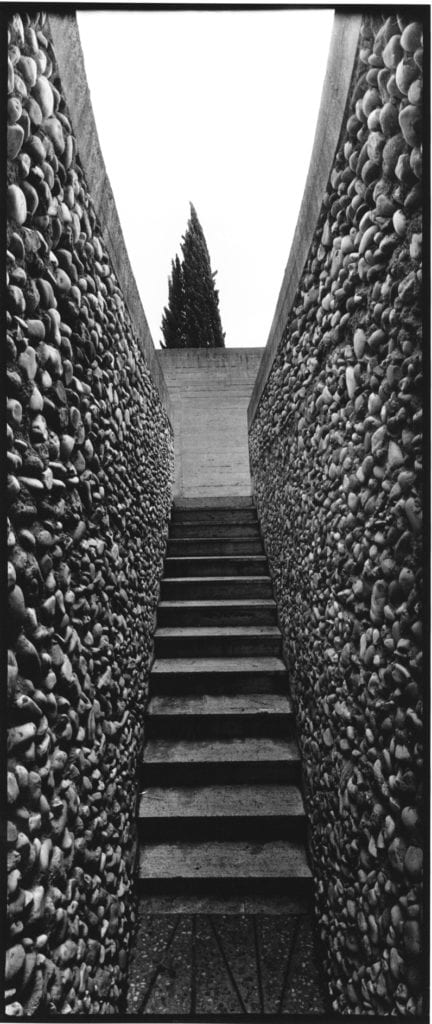
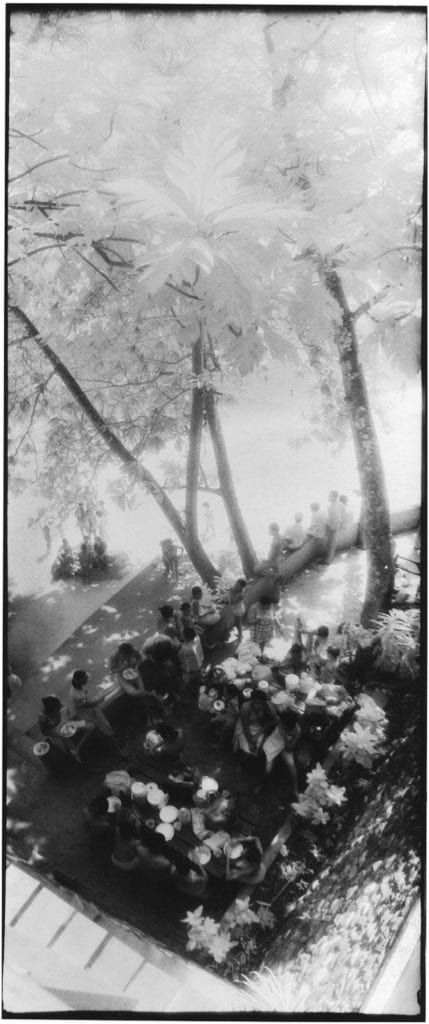
Ultimately, he was led back to teaching art. What began as a semester’s job at Cambridge Rindge and Latin High School in Cambridge, MA, turned into a remarkable twenty-seven years of teaching photography. “After that initial semester, I stayed, because I recognized how powerful it was for my students to see a passionate, committed photographer who happened to be Black. I was the first non-white art teacher in the school’s three-hundred-and-forty-five-year history. There is a large population of students of color, and as the t-shirts that I wore daily to school stated, Black Teachers Matter.” His students learned a great deal about the history and craft of photography, but also importantly, how they could use photography as a means to understand their own family history and the stories of their community.
While encouraging his students’ passion for photography, he became increasingly aware of how little representation of Black and Brown artists existed in the many art museums in and around the school and how few exhibitions included artists of color, except during “Black History Month.” The unfairness of this was evident to his students as well. He began to casually ask curators about their permanent collections and the percentage of Black and Brown artists in their permanent collections. In 2017, he took his class to a photography exhibition about families at a major fine art museum in Boston. Notable photographers like Carrie Mae Weems, Gordon Parks, and Roy DeCarava were included. Still, there was not one photograph by a contemporary Black/Brown photographer from the large and diverse Boston art community. This exclusion amplified another truth as he began to research this problem; no major art institution in the Commonwealth of Massachusetts has ever had a solo exhibition by a Black or Brown photographer from Massachusetts “It was such an outrage, and after talking with my students, I knew it was time to take action.” The realization of the injustices and their implications gave birth to the initiative, WHERE ARE ALL THE BLACK PEOPLE AT. Mr. LaSalle assembled a diverse team of writers, artists, educators, and social activists, and an online petition was launched.
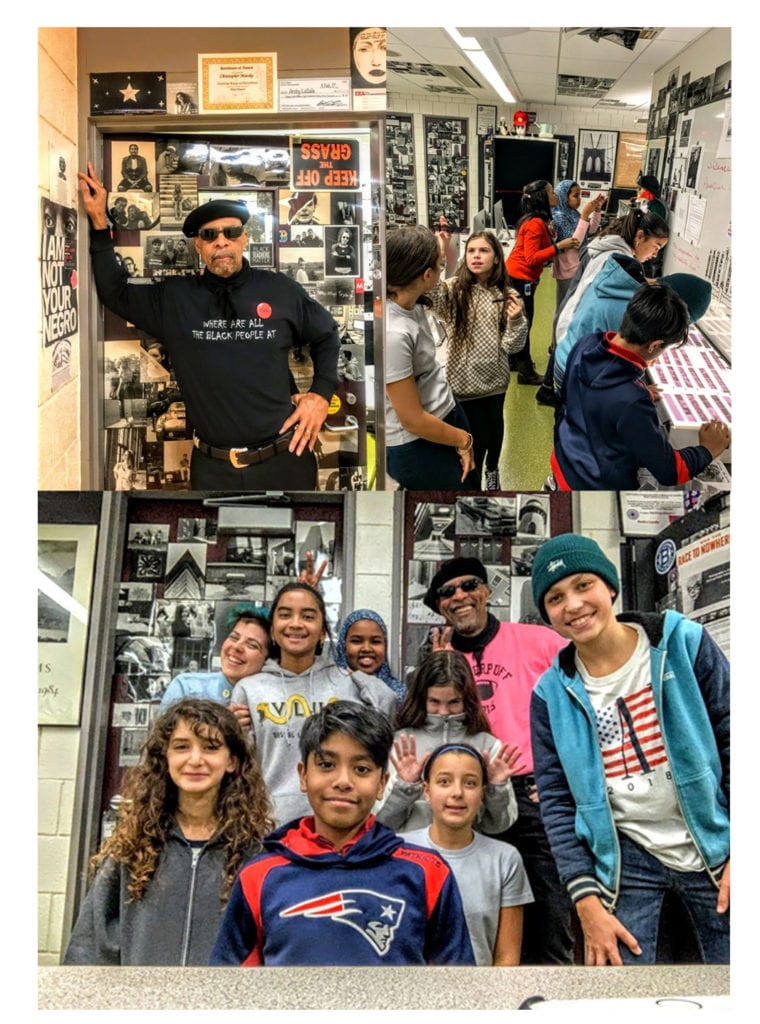
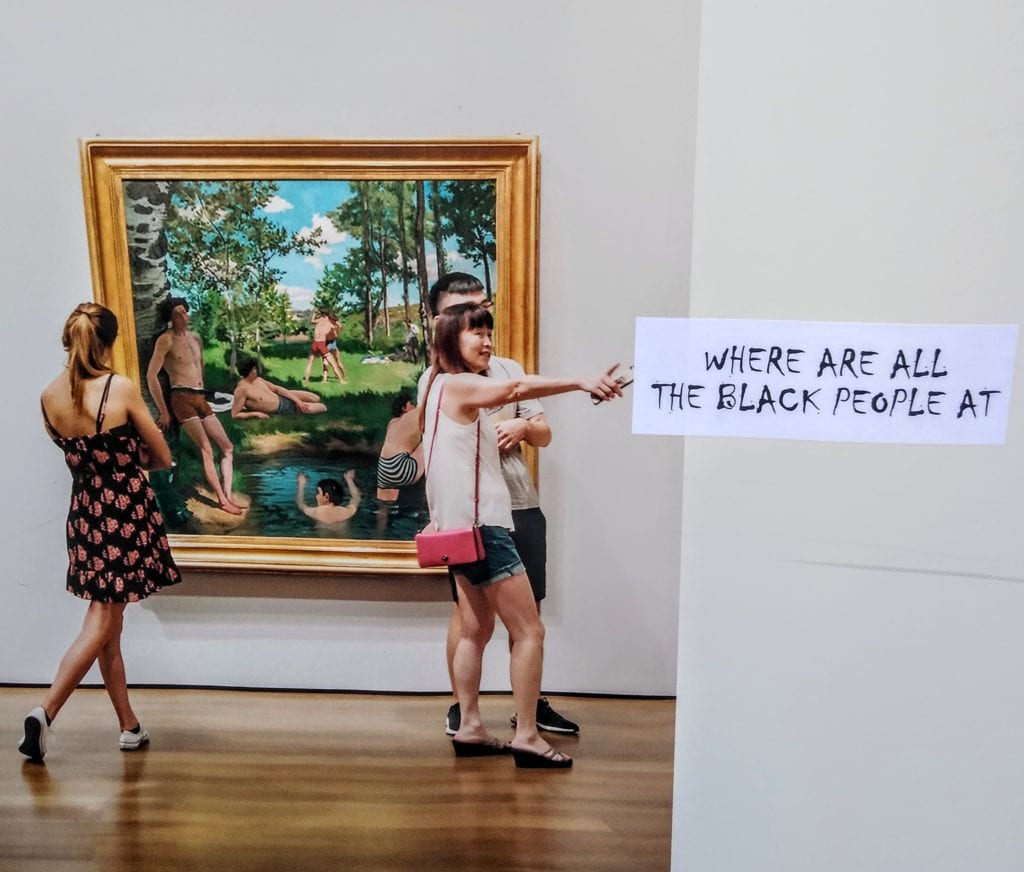
The grassroots campaign gained steam after so many art institutions put out anti-racist letters to the public following the murder of George Floyd. These letters acknowledged the need for further diversity in staffing, curatorial, and collecting practices with a promise to “do better” moving forward. These pronouncements gave the team an opening to engage in direct and honest dialogue with the Directors and curators about how racism has impacted all of us on so many levels. “We had a lot to say on these Zoom calls with our varied perspectives and creative ideas on how to begin to rectify this injustice.”
Bringing awareness to the injustice on a personal and global level and offering ideas on how to reimagine how the museum functions and its relationship with the greater community, have been central to these conversations. For example, too often, museums and galleries lump all Black and Brown artists together as if they are one group and not individuals. There are artists who focus on their culture, but others like Mr. LaSalle, give greater exploration of the subject matter.
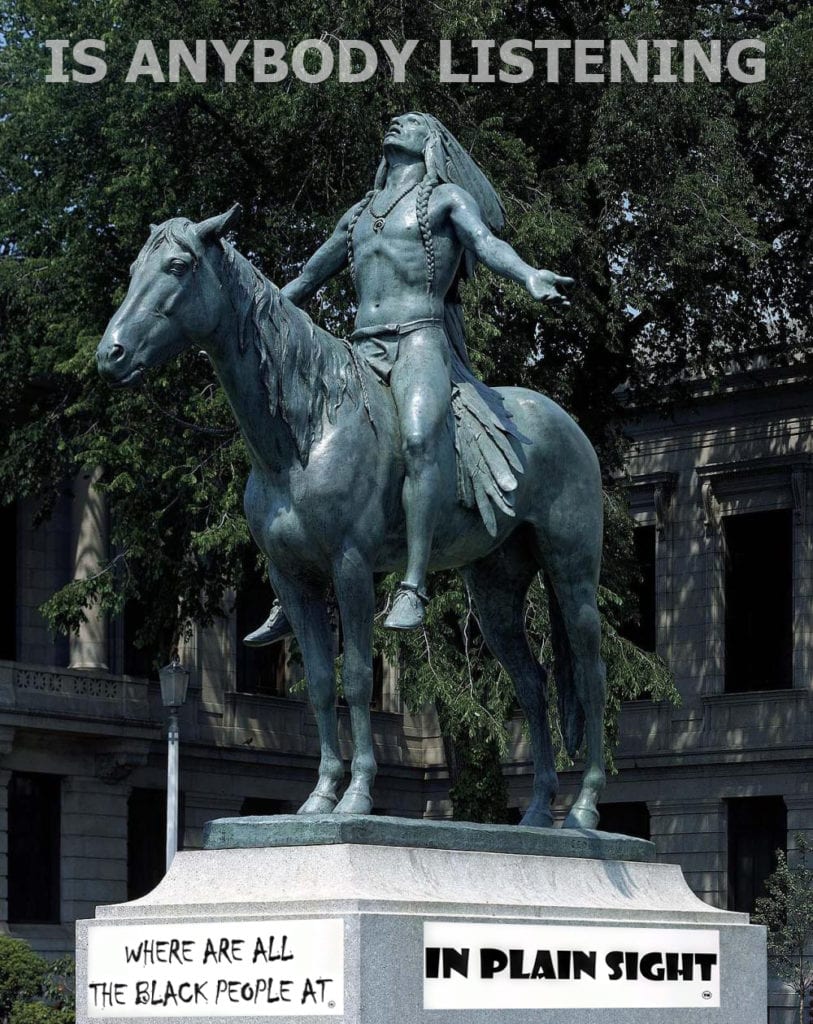
WHERE ARE ALL THE BLACK PEOPLE AT is working with museums to help them become more inclusive and give opportunities to young artists, as well as to acknowledge the gaps in the collections that exist from ignoring artists of color in the past.
As these conversations continue and expand, Mr. LaSalle and his colleagues seek specific outcomes from their discussions with these art institutions, including:
- Create a strategic plan and budget to change the balance of acquisitions to ensure that permanent collections are proportionately representative of the population as a whole.
- Establish programs to recognize and support Black and Brown photographers by purchasing their work.
- Set quantifiable benchmarks to mark progress and share their progress with the community.
- Reach out and engage with the Black/Brown community.
- Create communications with the communities of color so that the diverse community feels included, connected, and welcomed.
Unsurprisingly, the group has encountered excuses typical of racial blind spots and insensitivity. For example, “Will the quality be up to our standards from these photographers?” or “How do we reach photographers of color? We don’t know where they are.” Such questions and statements belie the obvious issues, according to Mr. LaSalle.
“We (photographers of color) have always been here. You just haven’t seen us previously. And to the extent you have seen us at all, you have seen us as a mass rather as individual artists with different interests and modes of artistic expression.”
While the challenge of these conversations can be daunting at times, the team is finding that there is an acknowledgment that action is needed, not just words. These conversations are occurring against a backdrop of a national conversation.
“Integrity and kindness are key to the team’s efforts to create a meaningful dialogue to advance our objectives. Even though the time for change is long overdue, it is frustratingly slow, particularly in large and old art institutions. One curator even stated that to bring about change is like turning a battleship at sea. I responded by saying that it sometimes felt more like turning a battleship in the desert! This effort is definitely testing our persistence and resilience.”
Mr. LaSalle concluded, “As an artist and an educator, I have to be optimistic about the future. You can’t change the past, but you can do something to get things moving in the right direction. I look forward to the time when we don’t have to think about the metrics of our art institution’s collections because they will be inclusive of everyone. With access and opportunity, I would love to see more kids following their passion in the arts and an explosion of art in all aspects of our world.”
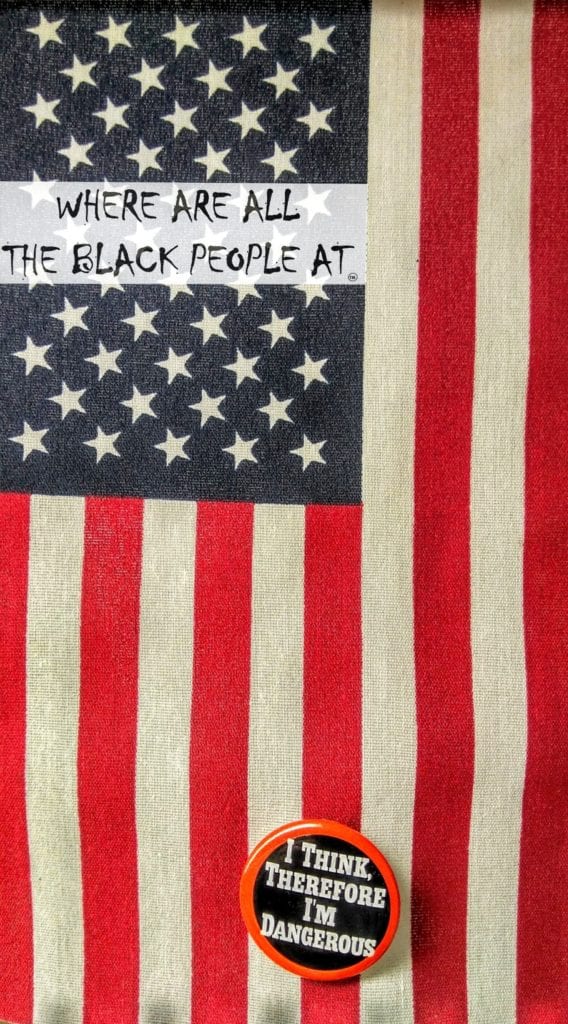
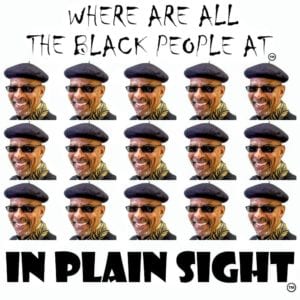
About the artist
Archy LaSalle is a fine art photographer who is known for his unique use of the panoramic camera. He is a graduate of Massachusetts College of Art. Early in his career, Mr. LaSalle received national and international attention for his artistic documentation of the Orange Line Southwest Corridor subway project in Boston. He has traveled and worked extensively in England, France, Italy, Japan, South Africa, and China. In conjunction with his artistic career, Mr. LaSalle is a committed and dedicated educator who taught photography and lectured at art institutions for over 25 years. Archy was the 2009 recipient of the Excellence in Teaching Award by CENTER in Santa Fe. He is the founder of the initiative, WHERE ARE ALL THE BLACK PEOPLE AT, which is a grassroots organization whose mission is to bring attention to and help art institutions rectify past injustices of underrepresenting Black and Brown artists in their permanent collections.

